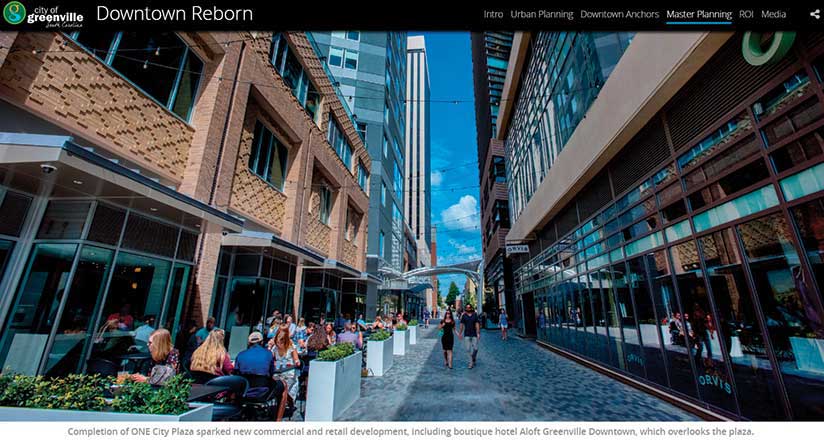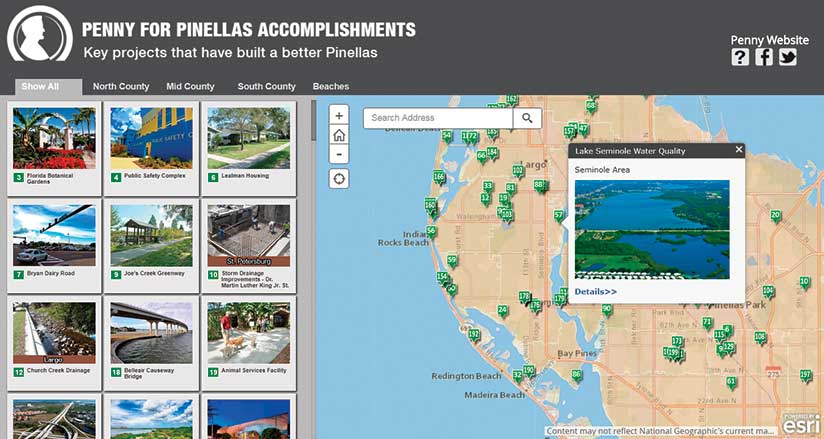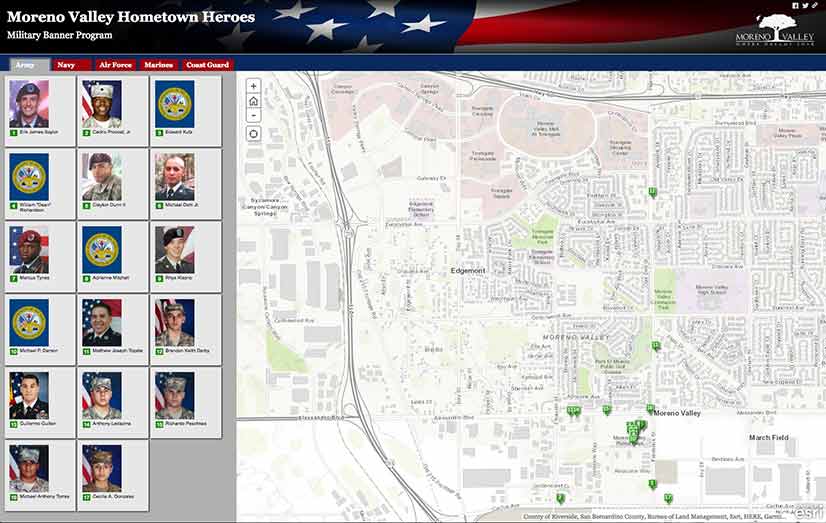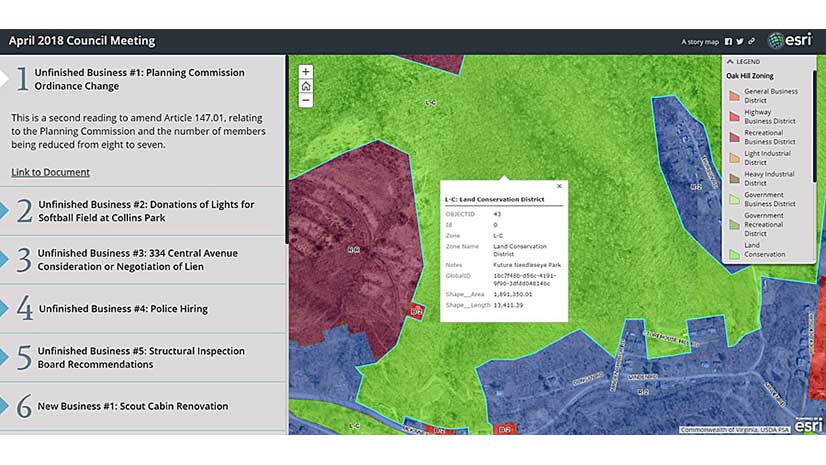In simpler times, people knew their community and its story.
Now we lead busy lives that strain our bonds with neighbors and community. Through social media, we have become more connected to dispersed and distant groups while we have become much less connected to the people who live next door.
Every year, my city puts on a play called the Ramona Pageant. It celebrates the history of the region. Once the community pulled together to put on this event. Generations of families participated in the play. There were parades and banners in the town promoting the pageant. Restaurants and local businesses posted its fliers. The Chamber of Commerce used it to promote tourism and investment in the community.
The play is still performed, but that sense of community is gone. An event that once represented community pride is now held together by a handful of people.
Why are we increasingly drawn away from our community? Why aren’t more people engaged in their communities? Technology sometimes gets blamed. We used to shop on Main Street; now we shop online. Neighborhood watch groups and phone trees have been replaced by apps like Nextdoor and Ring.
Perhaps technology—the very thing that may have enabled disengagement—can be used to tell people the stories that will draw them back into the community. Storytelling reintroduces the narrative that gives people a sense of place and connects them to others in their community.
Visit the website of your local government. Do you get a sense of community, or do you just get a list of departments and maybe a form for reporting a complaint? The closest you will likely get to an understanding of your community might be a short version of the city’s history and a list of facts about it. Does that draw you in?
A successful local government website draws in visitors. Hundreds of communities, such as Greenville, South Carolina, and Eugene, Oregon, have embraced Esri Story Maps apps to encourage people to reengage with the communities in which they live and attract visitors.

Community stories have become a lost art but not a lost cause. You can use story maps to strengthen your community’s identity and improve its sense of community. Powerful storytelling informs the public, promotes buy-in and feedback, builds community pride, and promotes your city as a tourist destination.
Informing the Public
State and local governments often try to keep the public informed about important topics and local issues that can range from drug addiction to crime rates to how tax dollars are spent. The City of Boston, Massachusetts, educates the public. It uses a story map to show the intricate process needed to efficiently remove snow from city streets. Pinellas County, Florida, uses storytelling to communicate how, where, and why taxpayer dollars are being spent. By putting issues into context, people view problems as a community, and that encourages citizens to tackle them together.
Encouraging Buy-In and Feedback
Public participation was the earliest form of civic engagement, designed to gain buy-in for government decisions while presenting opportunities for citizen feedback. In Long Beach, California, the city is seeking to create noise ordinances based on public input through a crowdsourcing story map.

Building Community Pride
When people feel they are connected to the unique culture, history, and social activities of a place, community pride grows. Story maps on government websites can share the social life of a community and highlight individuals. The City of Moreno Valley, California, shows the community’s pride in and support of local men and women who are serving in the military.

Promoting Your Community as a Destination
Governments need to show people both inside and outside the community those “don’t miss” places and events. What is going on that people should know and care about? Perhaps it’s a craft brewery or a farmers market? Use story maps to promote the things you want your community to be known for.
Storytelling using Esri Story Maps apps is simpler than you think. Try it for yourself.


